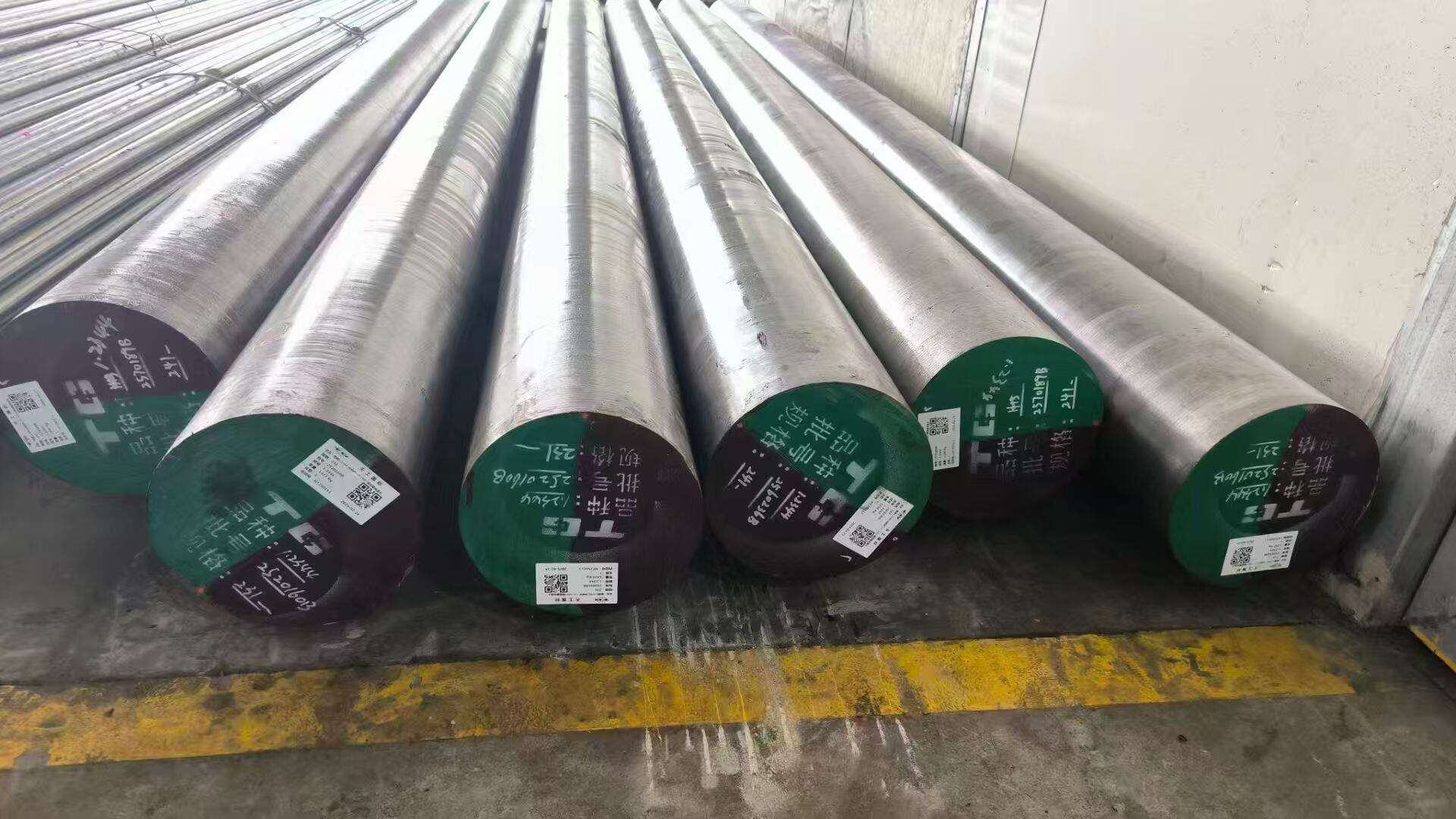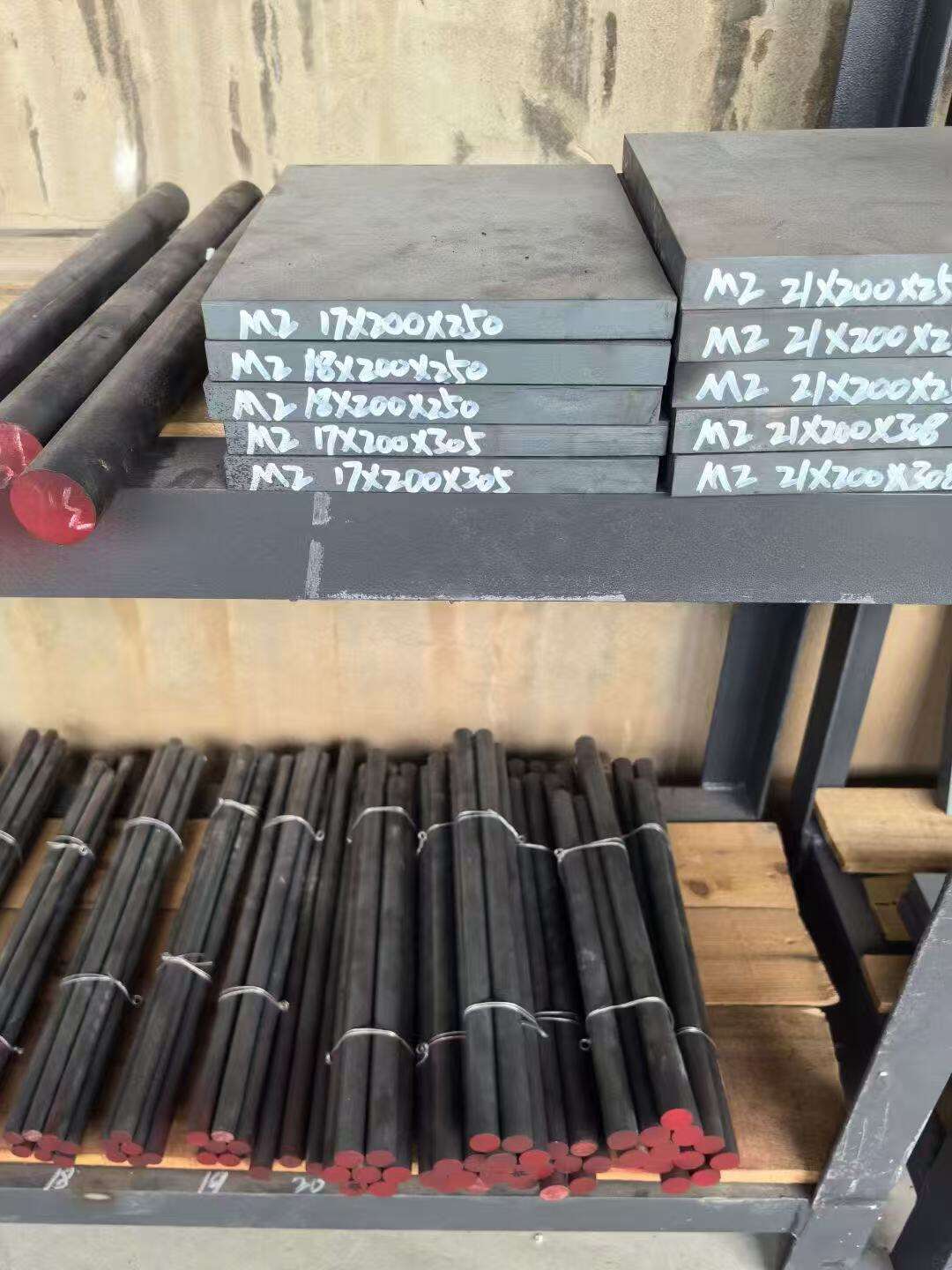h13 steel
H13 steel, also known as chromium hot-work tool steel, is a versatile and highly regarded material in the metalworking industry. This premium grade steel offers exceptional resistance to thermal fatigue, heat, and abrasion, making it an ideal choice for various high-temperature applications. The material features a unique chemical composition that typically includes chromium, molybdenum, and vanadium, which contribute to its superior performance characteristics. H13 steel maintains its hardness and structural integrity even at elevated temperatures, demonstrating remarkable stability up to 1000°F (540°C). The material exhibits excellent through-hardening properties and can achieve hardness levels between 32 and 54 HRC, depending on the heat treatment process. Additionally, H13 steel offers good machinability in its annealed state, allowing for precise fabrication and finishing. Its balanced combination of hot hardness, thermal shock resistance, and wear resistance makes it particularly suitable for die casting dies, extrusion dies, forging dies, and various hot work tooling applications. The steel's consistent performance and reliability have established it as a standard in industries requiring high-temperature tooling solutions.


